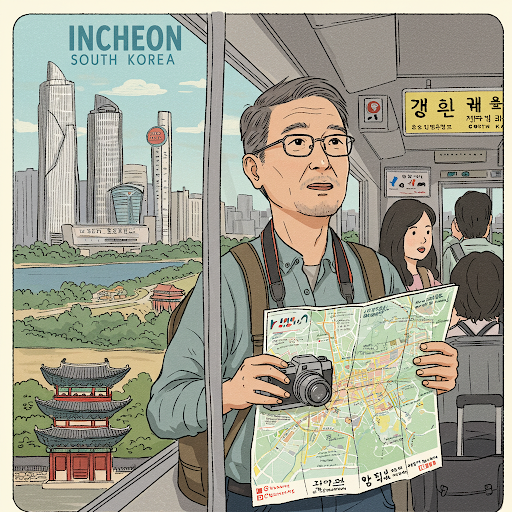Recommended Attractions at the Korean Demilitarized Zone (DMZ)

As a seasoned foreigner living in Korea, I fully understand the curiosity and anticipation foreign tourists have toward the Korean Demilitarized Zone (DMZ). This area is not only a historical landmark but also a mysterious region where military tension, natural ecology, and hopes for peace converge. Here is a carefully curated list of must-visit DMZ attractions on the South Korean side to help you explore this unique journey safely and in depth!
Why visit the DMZ?
- Historical Significance: A living relic of the Korean War armistice line and a symbol of Cold War history.
- Unique Experience: Stand on the world’s most heavily guarded border and feel the tension and hope intertwined.
- Natural Scenery: This untouched zone has unexpectedly become an ecological haven with beautiful landscapes.
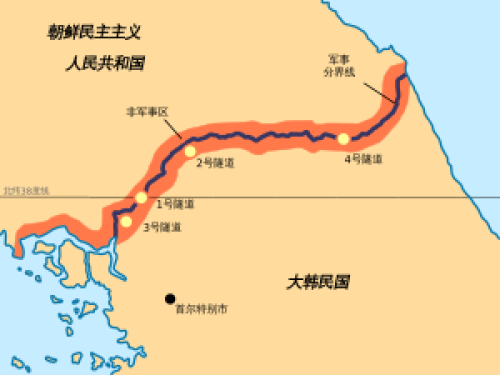
Location and Scope
The Korean Demilitarized Zone (DMZ) stretches across the central part of the Korean Peninsula, spanning approximately 248 kilometers in length.
It roughly follows the 38th parallel north but does not align with it exactly.
On both sides of the Military Demarcation Line lies a demilitarized zone about 2 kilometers wide on each side—totaling around 4 kilometers—serving as a buffer to prevent military conflict between the two Koreas.
🚩【Must-Visit Attraction】
1.Panmunjom (JSA) — Face-to-Face Between North and South Korea
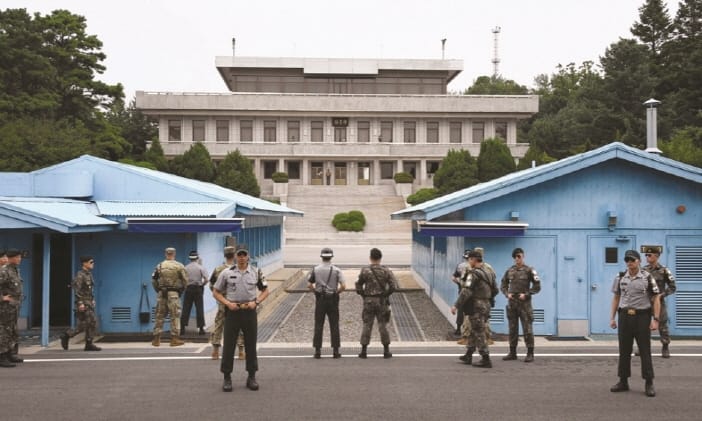
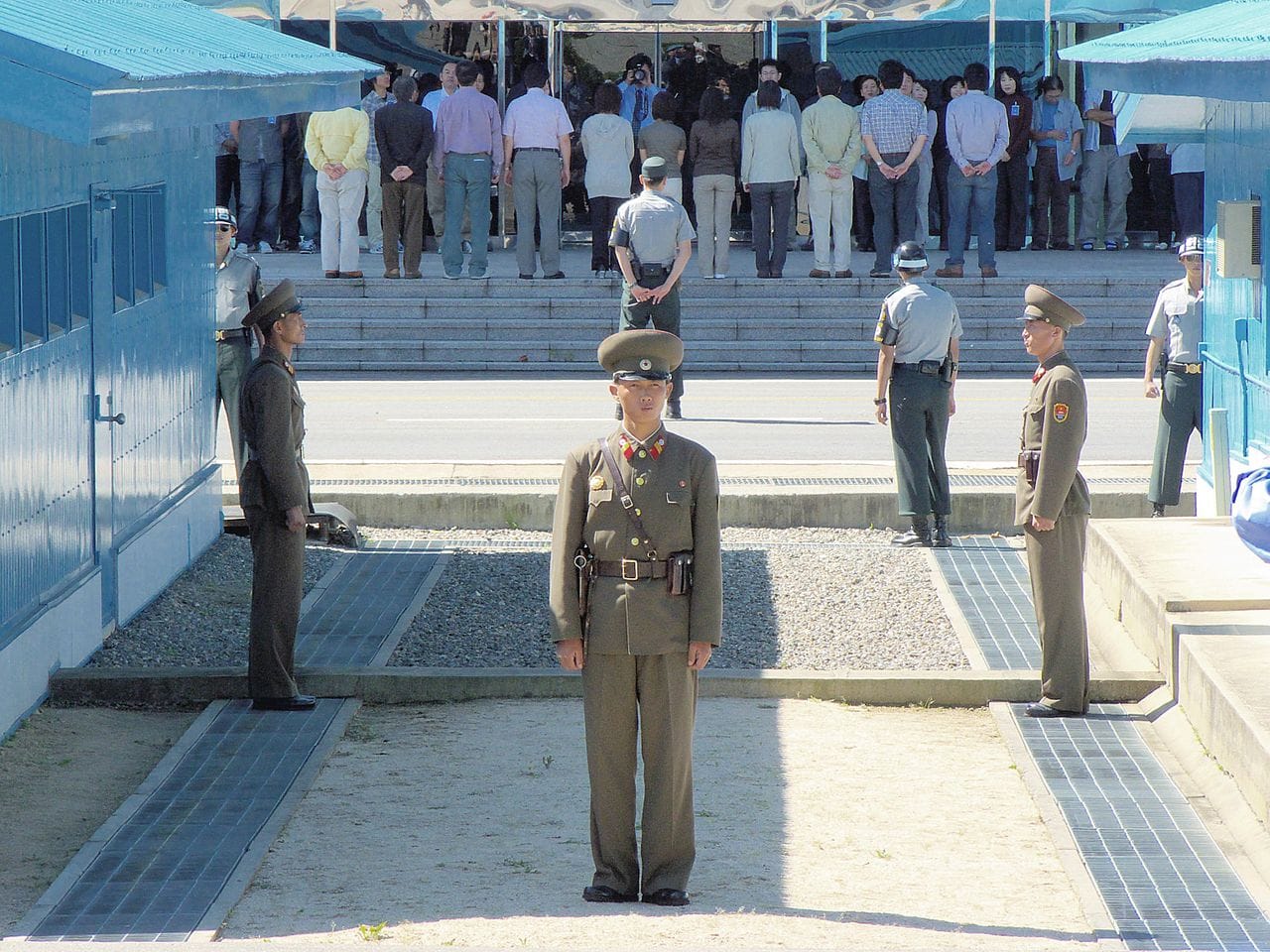
Overview:
Panmunjom is located on the border between North and South Korea. It is the site where the Korean Armistice Agreement was signed and remains the only place where troops from both sides stand face-to-face.
Highlights:
- Step inside the blue conference room that straddles the North-South border.
- Witness the rare scene of North and South Korean soldiers facing each other.
Special Features:
This is a symbolic location where the armistice was signed and a frequent backdrop in iconic films.
Things to Note:
- Only government-designated tour agencies (e.g.,Koridoor/DMZ Tours) are allowed to visit. Passport is required.
- Dress code is strictly enforced (no ripped jeans, shorts, flip-flops, etc.)
- Access may be restricted or changed at short notice due to security or diplomatic reasons.
2.The 3rd Infiltration Tunnel — North Korea’s Secret Underground Route
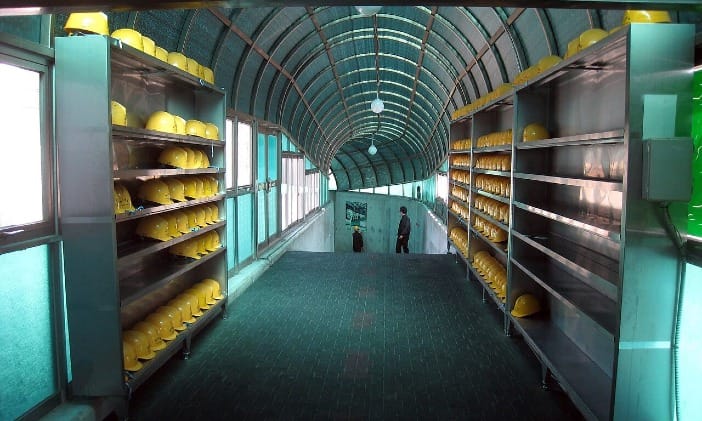
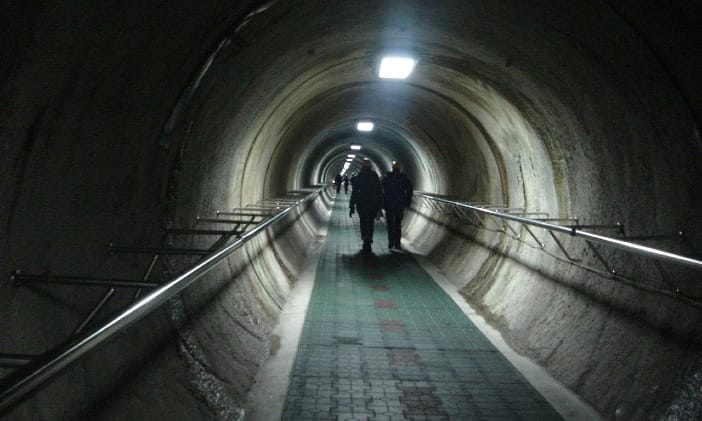
Overview:
Discovered in 1978, the 3rd Infiltration Tunnel was secretly dug by North Korea to infiltrate the South. It lies only 44 kilometers from Seoul.
Location:
Located in the Dorasan area of Paju.
Features:
The tunnel extends 73 meters underground. Visitors can experience the narrow passageway North Korea built for covert entry into the South.
Blast marks on the tunnel walls offer evidence of its construction and how South Korea discovered and blocked the tunnel.
Highlights:
- Now open to the public, though the interior remains under strict control.
- An on-site exhibition hall provides historical context and explanations.
Ideal For:
Travelers interested in history and military affairs.
Things to Note:
- Photography is prohibited inside the tunnel but allowed in the surface-level museum.
- Requires moderate physical effort. Not recommended for those with claustrophobia or back problems.
3.Imjingak Park — A Symbol of Peace and Separation
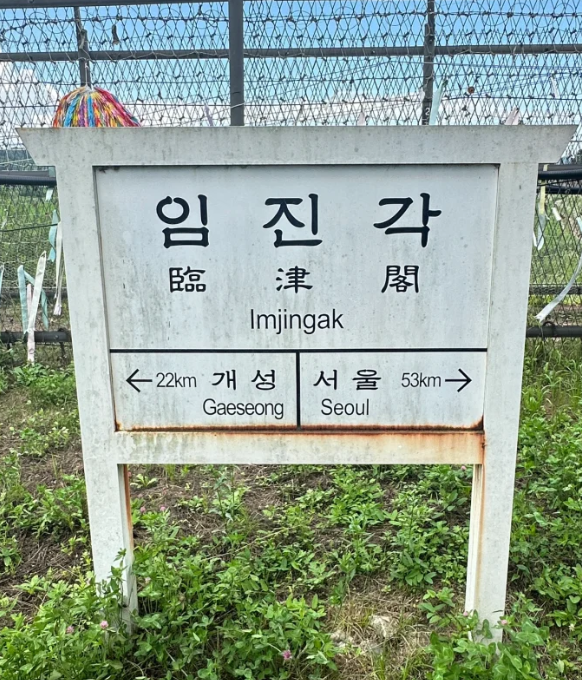
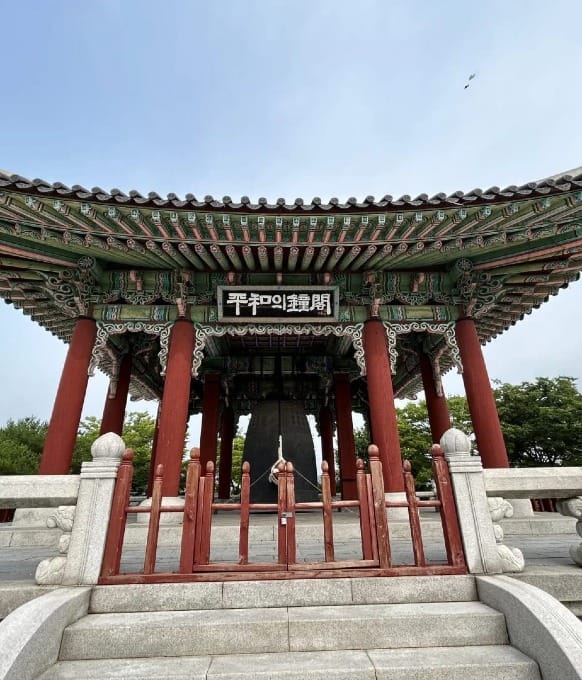
Overview:
Located along the Imjin River, about 56 km from central Seoul, Imjingak Park was established to commemorate the Korean War and express hopes for reunification.
Location:
Near the Imjin River, this is one of the most accessible DMZ-related sites that does not require joining a JSA tour.
Features:
- Includes the Mangbaedan (memorial altar), Freedom Bridge, and Peace Bell.
- Displays a variety of Korean War relics, monuments, and a bomb-damaged train.
Advantages:
Highly accessible with no reservation required — one of the most convenient sites to visit.
4.Dora Observatory — A Glimpse into Mysterious North Korea
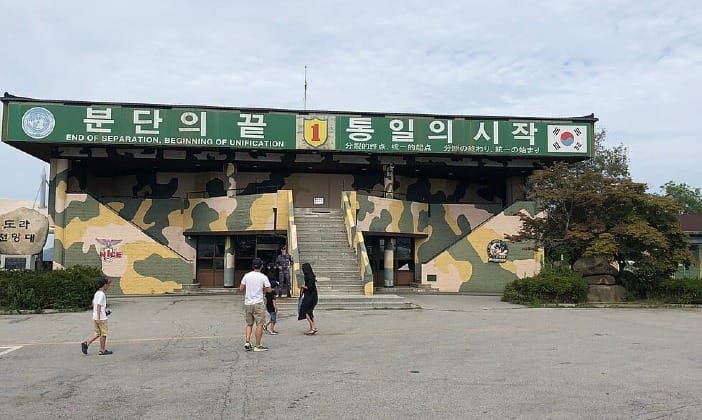
Overview:
Dora Observatory is the closest viewpoint to Panmunjom, allowing visitors to gaze across the border into North Korea.
Features:
From the elevated platform, visitors can use telescopes to view North Korean sights, including the Kaesong Industrial Complex and nearby villages.
Highlights:
- On clear days, the “world’s tallest flagpole” bearing the North Korean flag is visible.
- The observation deck is surrounded by barbed wire and unification banners — a powerful symbol of division.
Tip:
Visit on a sunny day for the best visibility and photos.
Note:
Access is only possible through a DMZ peace tour, with reservations required in advance. Tours depart from Imjingak Park. A passport or alien registration card is mandatory.
5.Majang Lake Suspension Bridge
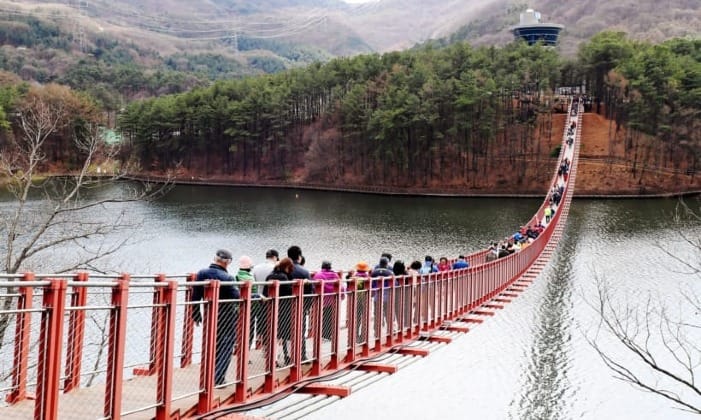
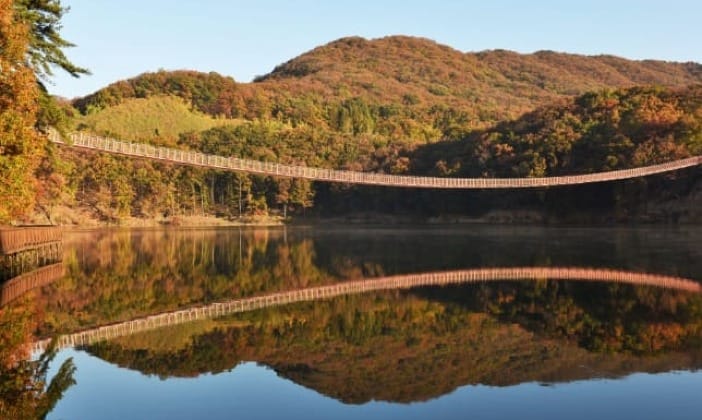
Overview:
The Majang Lake Suspension Bridge, located in Paju, Gyeonggi-do, South Korea, is a pedestrian bridge measuring 220 meters in length and 1.5 meters in width. Spanning across Majang Lake, it connects both sides of the lake and is one of the longest lakeside suspension bridges in Korea, drawing many visitors.
Location:
Paju, Gyeonggi-do, South Korea.
Features:
Surrounded by a tranquil lake and lush mountains, the bridge offers breathtaking natural scenery — especially stunning at sunset.
⚠️Visitor Safety Guidelines – Must Read
Strictly Prohibited:
- Waving, shouting, or taking unauthorized photos of North Korean soldiers in the JSA (follow your guide’s instructions at all times).
- Bringing professional filming equipment (mobile phone photography is usually allowed, but restrictions apply in certain areas).
Dress Code:
- Wear comfortable casual clothes and sneakers (suitable for walking and tunnel tours).
- Avoid camouflage, military green, or other military-style clothing.
Sensitive Topics:
- Do not discuss political issues with guides or soldiers. Always maintain a neutral stance.
Conclusion
The Korean Demilitarized Zone (DMZ) is not only a symbol of the division between North and South Korea, but also a living piece of history. Visiting these sites is more than just ticking off tourist spots—it’s a journey into the past and present of the Korean Peninsula. From the tense atmosphere at Panmunjom to the hopes for peace at Imjingak, and the natural beauty of Majang Lake Suspension Bridge, every location carries its own story and meaning.
For foreign travelers, this is a rare cultural experience and a chance for reflection. We encourage you to observe more, learn more, and approach each moment with respect and appreciation. We hope this guide to DMZ attractions will add depth and uniqueness to your trip to Korea.
May every journey be not just a movement of your feet, but a journey that enriches your soul.

